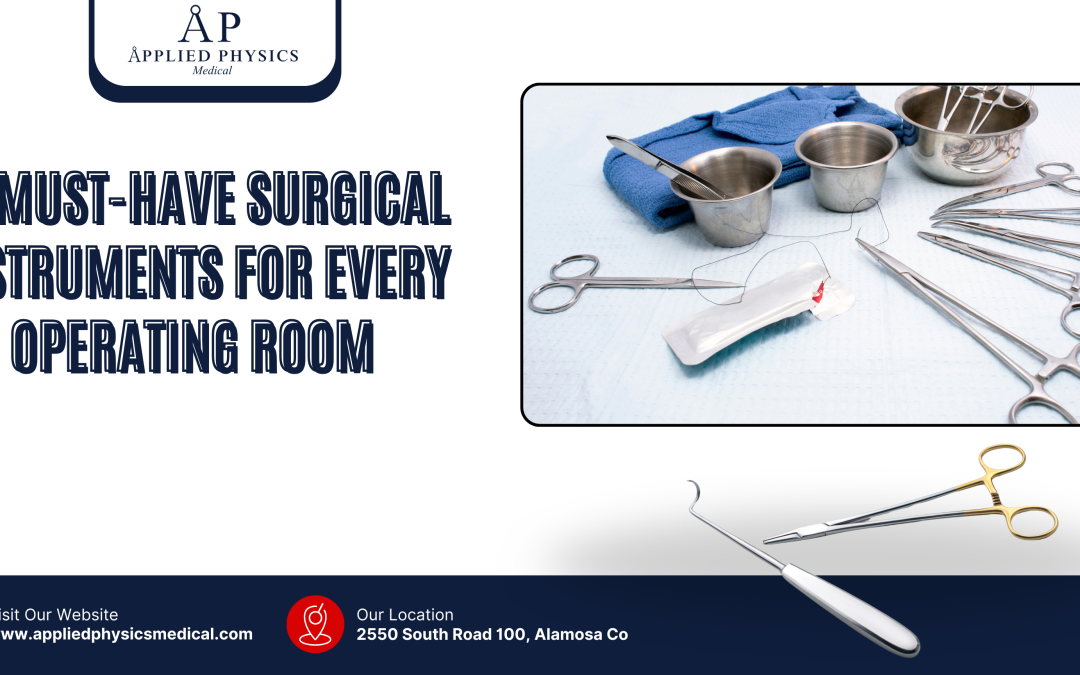Introduction
The scalpel is a vital surgical instrument used to make precise incisions during surgical procedures. It comprises a handle and a sharp, thin blade designed to cut through skin, tissue, and other biological materials with accuracy. The blade is typically made of stainless steel and comes in various shapes and sizes to cater to different surgical requirements.
The handle is ergonomically designed to provide a comfortable grip for the surgeon, allowing for precise control and maneuverability during the cutting process. In addition to its primary function of making incisions, the scalpel is also used for dissecting tissue, removing growths, and performing other surgical procedures that require precise cutting. The blade’s sharpness enables clean and accurate cuts, minimizing trauma to surrounding tissues and reducing the risk of complications during surgery.
The scalpel is an essential tool in the operating room, and its presence is crucial for the success of any surgical procedure. Scalpels come in various types, including traditional scalpels with reusable handles and disposable blades, as well as safety scalpels with retractable blades to prevent accidental injuries. Surgeons must select the appropriate type of scalpel based on the specific requirements of the surgical procedure and the preferences of the surgical team.
Regardless of the type, the scalpel remains an indispensable instrument in every operating room, playing a critical role in ensuring successful surgical outcomes.
Key Takeaways
- The scalpel is an essential cutting tool in every operating room for precise incisions.
- Forceps are versatile instruments used for grasping and holding tissues during surgery.
- Surgical scissors are crucial for precision cutting and dissection of tissues.
- Retractors are essential tools for exposing and holding back tissues during surgical procedures.
- Hemostats play a critical role in controlling bleeding in the operating room to ensure a successful surgery.
Forceps: Versatile Grasping and Holding Instruments
Forceps are versatile surgical instruments that are used for grasping, holding, and manipulating tissues, organs, and other surgical materials during procedures. They consist of two hinged arms with serrated tips that provide a firm grip on the target object, allowing for precise control and maneuverability. Forceps come in various shapes and sizes, each designed for specific surgical tasks such as tissue dissection, wound closure, and foreign body removal.
In addition to their primary function of grasping and holding, forceps can also be used for clamping blood vessels, manipulating sutures, and performing delicate surgical maneuvers that require dexterity and precision. The serrated tips of forceps ensure a secure grip on the target object, preventing slippage and minimizing the risk of tissue damage during surgical procedures. Overall, forceps are indispensable tools in the operating room, providing surgeons with the necessary means to perform a wide range of surgical tasks with accuracy and efficiency.
There are different types of forceps available for various surgical specialties, including hemostatic forceps for controlling bleeding, tissue forceps for handling delicate tissues, and dressing forceps for wound care. Surgeons must select the appropriate type of forceps based on the specific requirements of the surgical procedure and the nature of the surgical task at hand. Regardless of the type, forceps remain essential instruments in every operating room, playing a crucial role in ensuring successful surgical outcomes.


